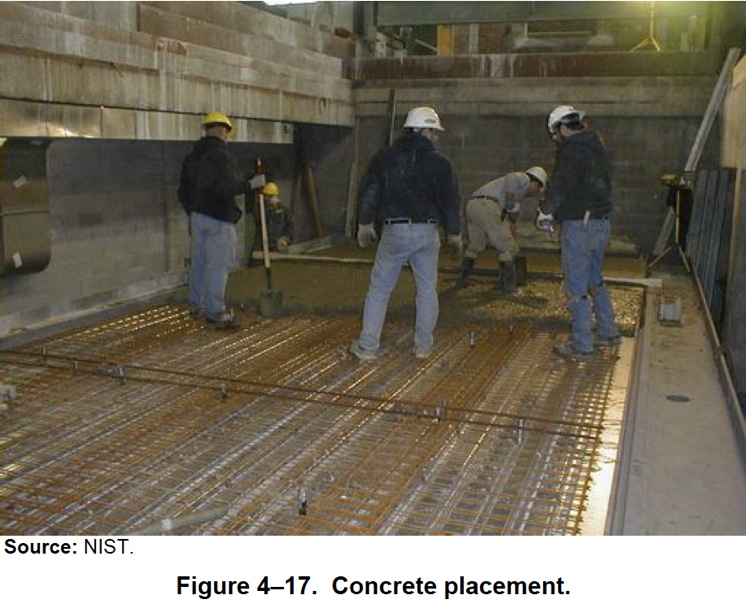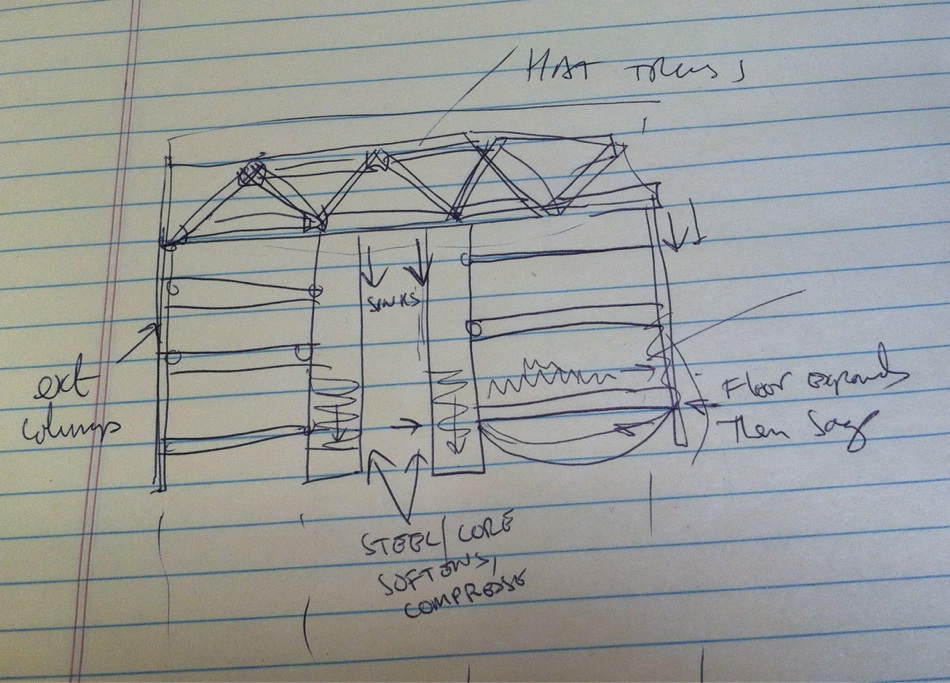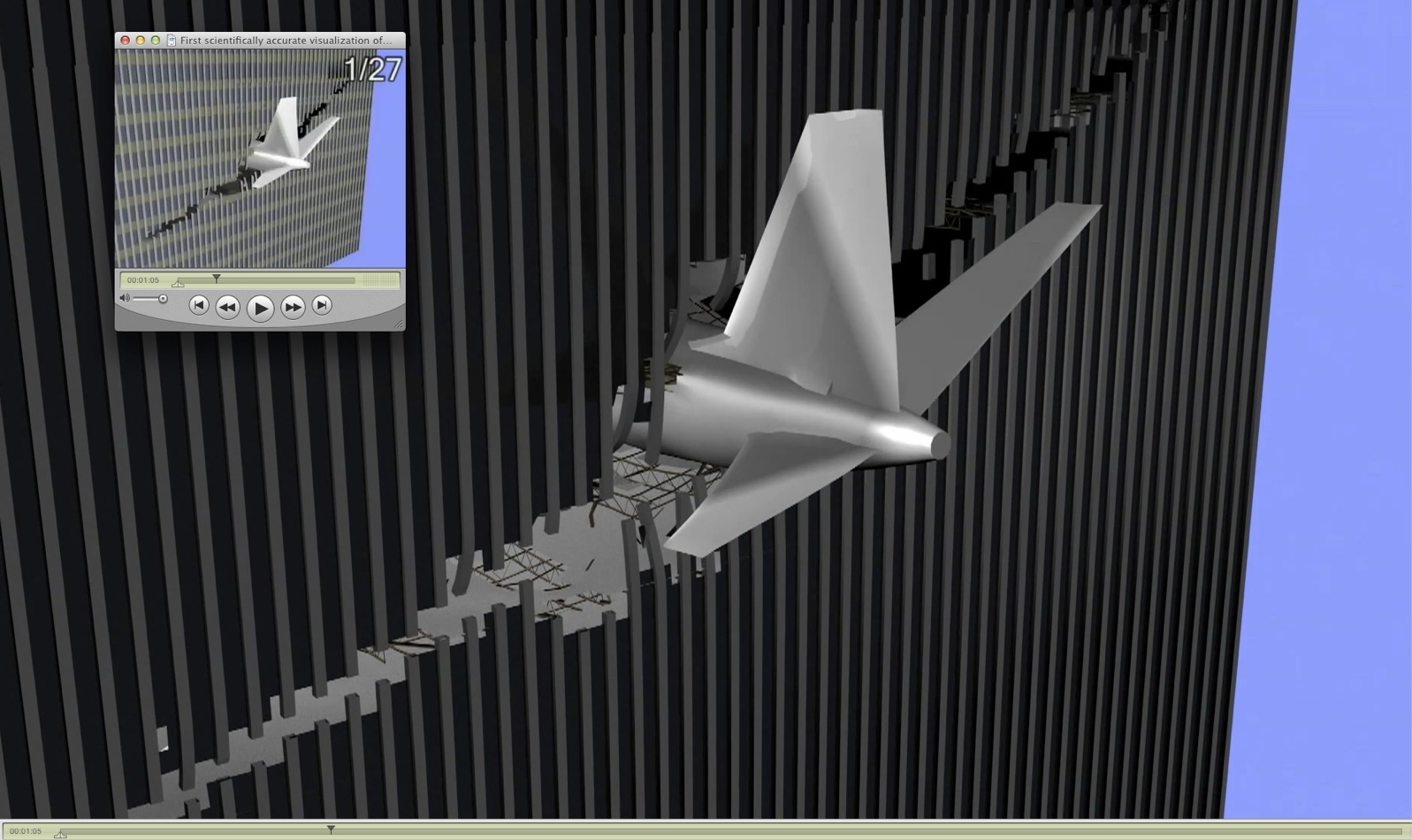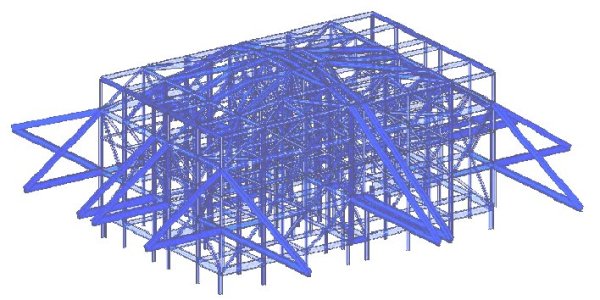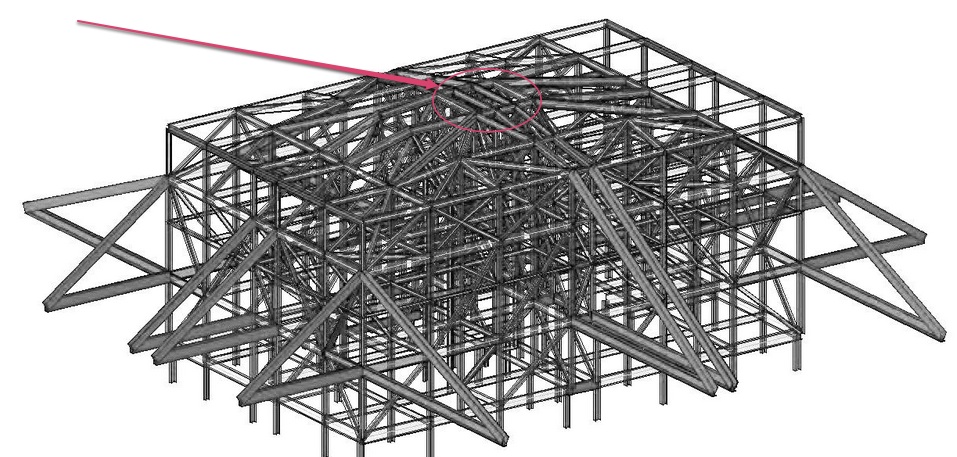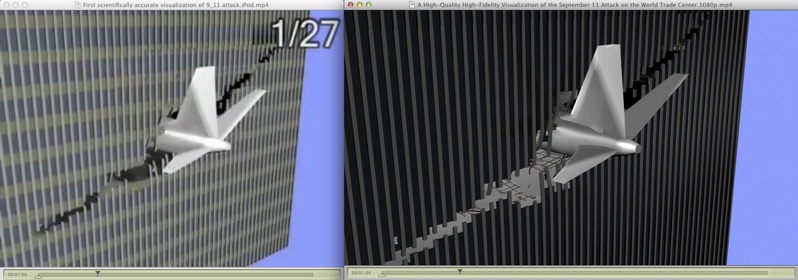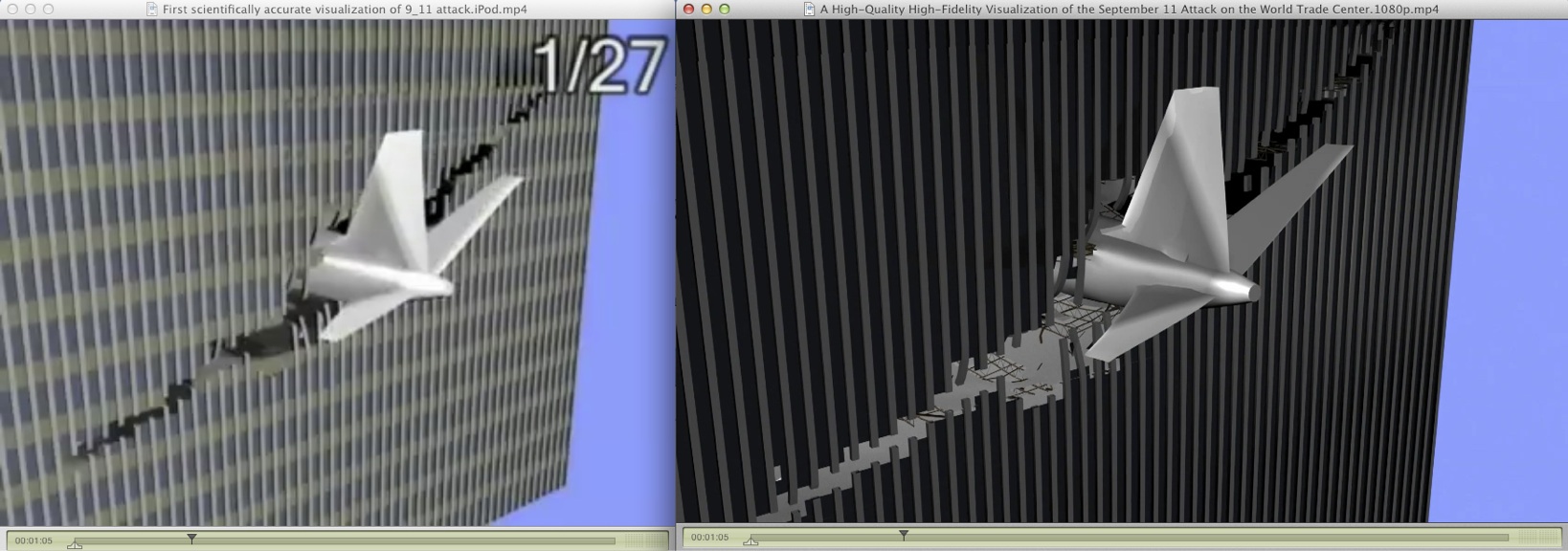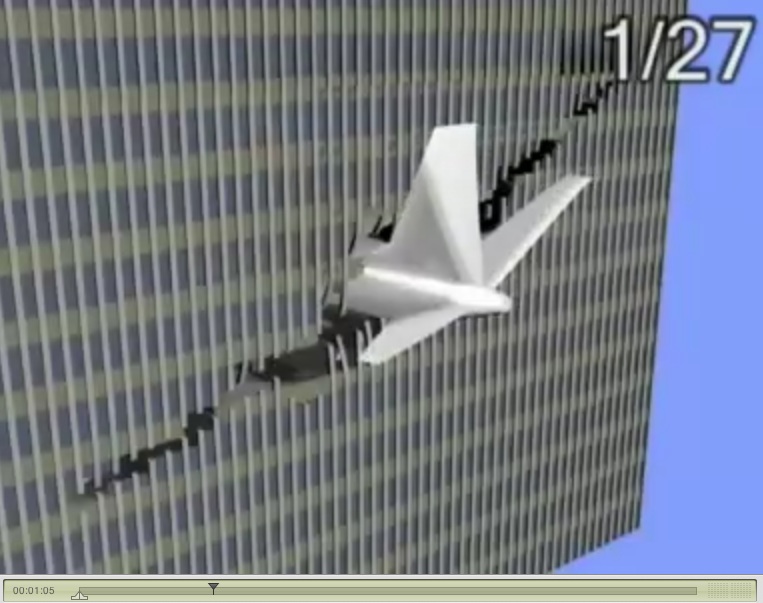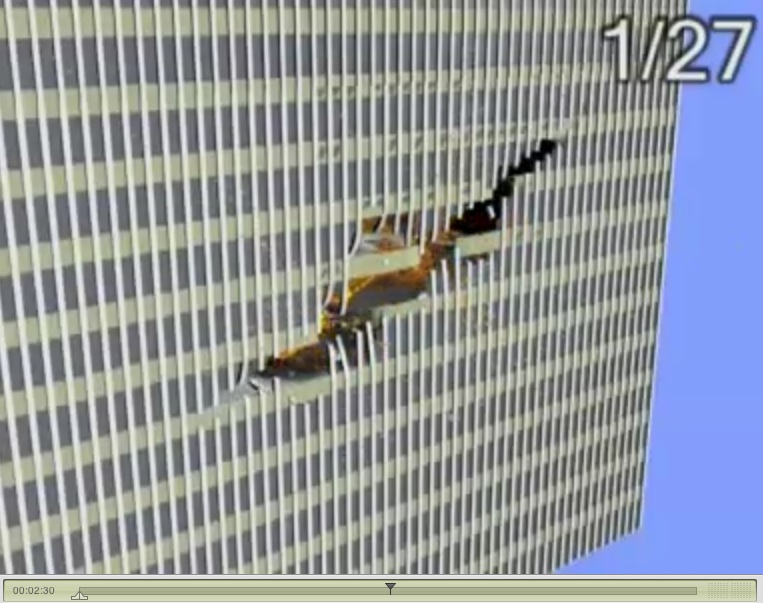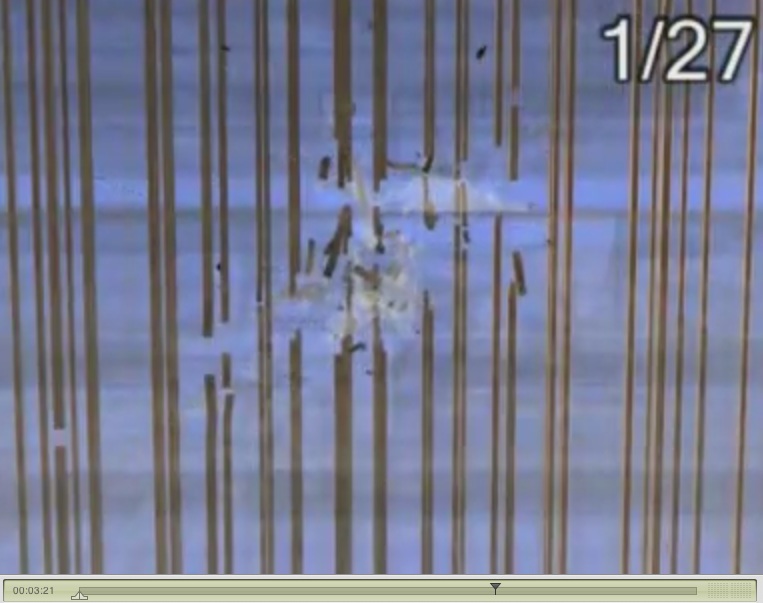I think a key thing to remember is that the hat truss didn't look like that. It looked like this:
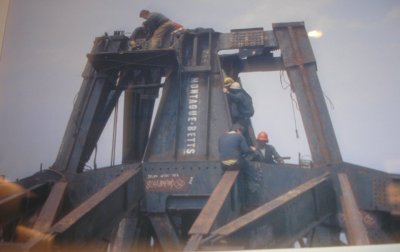
[SIZE=-1] This photograph shows the top of the hat truss of one of the towers during its construction. credit: the
Skyscraper Museum [/SIZE]
The fourth primary structural subsystem in each tower was the hat truss -- a lattice of large diagonal I-beams that connected the
perimeter walls to the
core structure between the 107th floor and roof. This structure was also known as the "outrigger truss system."
The hat truss structure strengthened the core structure, unified the core and perimeter structures, and helped to support the large antenna mounted atop the North Tower. The hat truss, which contained both horizontal and sloping I-beams, connected core columns to each other, and connected the core to the perimeter walls. Most the beams connected core columns to each other, while a set of sixteen horizontal and sloping beams spanned the distance the core and perimeter walls. Eight of these, the outrigger trusses, connected the corners of the core to the perimeter walls, while another eight connected the centres of the core's periphery to the perimeter walls.

